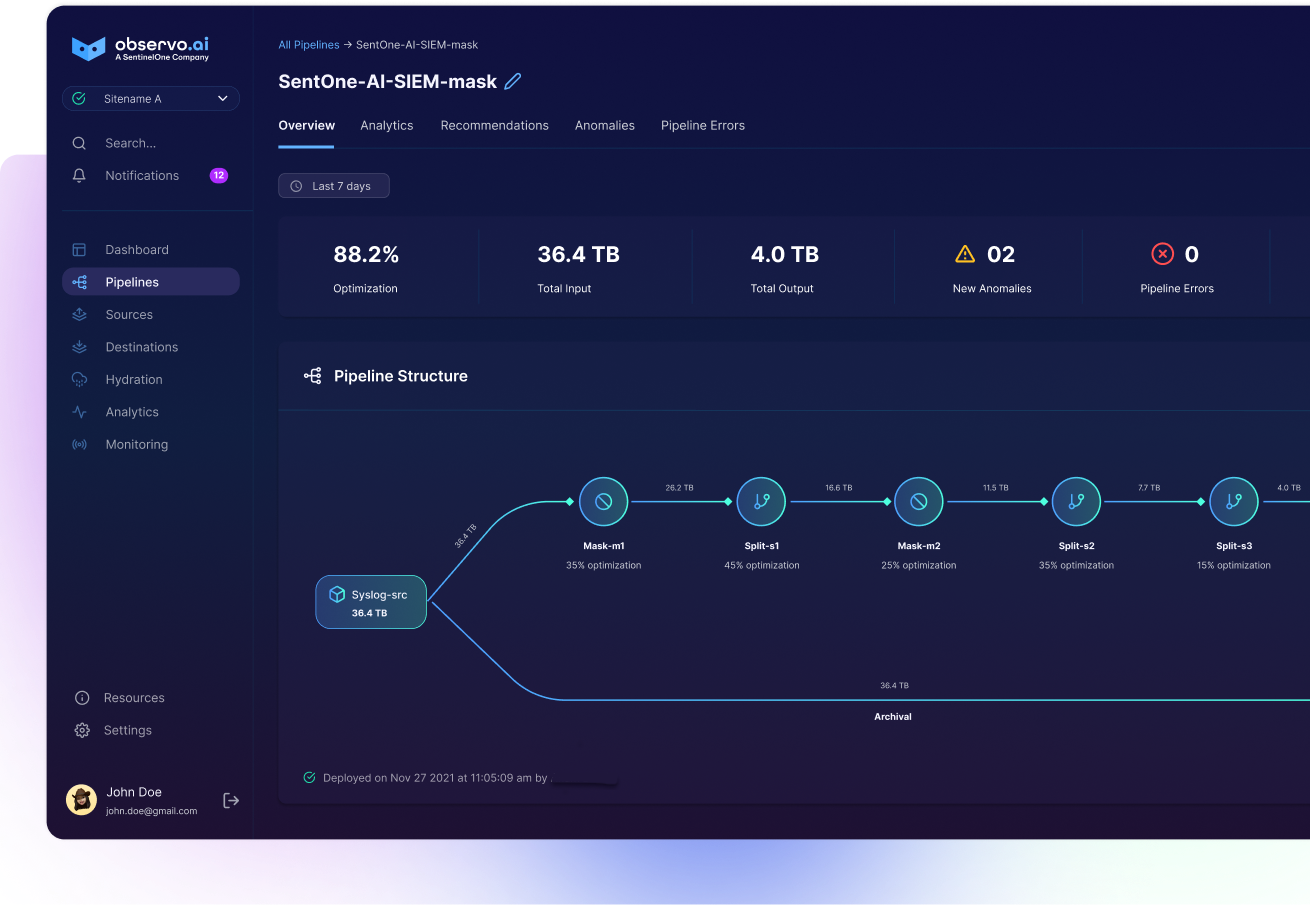Observability 101: What are Grok patterns

Introduction
Efficiently extracting and parsing information from various log files is crucial in data processing and analysis. Grok patterns offer a powerful solution to this challenge. Originally developed for the Logstash tool in the Elastic Stack, Grok patterns provide a method to simplify and streamline the process of parsing logs and other text data. This blog post delves into what Grok patterns are, their uses, and their benefits to data processing.
What are Grok Patterns?
Grok patterns are a collection of reusable and readable text patterns for matching and extracting parts of text. They are built on regular expressions (regex), but they are designed to be more user-friendly and maintainable. Grok patterns allow you to define and label parts of a string, making it easier to extract specific information from log data.
At its core, a Grok pattern consists of predefined patterns combined with custom patterns. Predefined patterns cover common data formats, such as IP addresses, timestamps, and log levels, while custom patterns can be tailored to the specific structure of your logs.
Syntax of Grok Patterns
A Grok pattern follows this general syntax:
%{SYNTAX:SEMANTIC}
- SYNTAX: This is the name of the predefined pattern or custom pattern.
- SEMANTIC: This is the name you give to the extracted part of the text.
For example, consider a log entry:
less
Copy code
2023-07-06 14:23:45 ERROR [app] User login failed
To extract the date, log level, and message, a Grok pattern might look like:
css
Copy code
%{TIMESTAMP_ISO8601:timestamp} %{LOGLEVEL:loglevel} \[%{WORD:module}\] %{GREEDYDATA:message}
How to Use Grok Patterns
Log Parsing in Logstash: Logstash, part of the Elastic Stack, is a popular tool for collecting, parsing, and storing logs. Grok is one of its most powerful filters. To use Grok in Logstash, you define patterns in your configuration file.
Example configuration:
plaintext
Copy codeinput {
file {
path => "/var/log/application.log"
start_position => "beginning"
}
}
filter {
grok {
match => { "message" => "%{TIMESTAMP_ISO8601:timestamp} %{LOGLEVEL:loglevel} \[%{WORD:module}\] %{GREEDYDATA:message}" }
}
}
output {
elasticsearch {
hosts => ["localhost:9200"]
index => "application-logs"
}
}
Pattern Reuse: Grok patterns can be reused across different log types. For instance, patterns for common fields like IP addresses, user agents, and URLs can be shared and applied to various log sources.
Custom Patterns: When predefined patterns don't fit your needs, you can create custom patterns. These are defined in a pattern file or inline within your configuration.
Example of a custom pattern file (patterns/patterns.txt):
plaintext
Copy codeCUSTOM_TIMESTAMP %{YEAR}-%{MONTHNUM}-%{MONTHDAY} %{HOUR}:%{MINUTE}:%{SECOND}
Using the custom pattern:
plaintext
Copy code
filter {
grok {
patterns_dir => ["./patterns"]
match => { "message" => "%{CUSTOM_TIMESTAMP:timestamp} %{LOGLEVEL:loglevel} \[%{WORD:module}\] %{GREEDYDATA:message}" }
}
}
Benefits of Using Grok Patterns
- Readability and Maintainability: Grok patterns provide a more readable and maintainable way to define text parsing rules compared to raw regular expressions. The labeled fields make it easier to understand what each part of the pattern is extracting.
- Reusability: Predefined patterns and custom patterns can be reused across multiple projects and log types, reducing duplication and effort.
- Flexibility: Grok patterns can handle a wide variety of log formats and structures. Whether you're dealing with web server logs, application logs, or custom log formats, Grok can adapt to your needs.
- Integration with the Elastic Stack: Grok patterns are seamlessly integrated with Logstash and the Elastic Stack, enabling powerful log processing, storage, and analysis capabilities. This integration allows you to leverage the full power of Elasticsearch and Kibana for searching, visualizing, and analyzing your log data.
- Community Support: The Grok pattern library is extensive and continually growing, thanks to contributions from the community. This means you can often find predefined patterns for many common log formats, saving you time and effort.
Conclusion
Grok patterns are a valuable tool for anyone working with log data. They offer a powerful, flexible, and maintainable way to parse and extract information from various log formats. Whether you're using them in Logstash or another tool, Grok patterns can help you streamline your log processing workflows and gain deeper insights from your data. By leveraging the benefits of readability, reusability, and integration with the Elastic Stack, you can enhance your data processing capabilities and make more informed decisions based on your log data.
To automate many of these capabilities, use an AI-powered observability pipeline like Observo AI. Observo AI elevates observability with much deeper data optimization, and automated pipeline building, and makes it much easier for anyone in your organization to derive value without having to be an expert in the underlying analytics tools and data types. Observo AI helps you break free from static, rules-based pipelines that fail to keep pace with the ever-changing nature of your data. Observo AI helps you automate observability with a pipeline that constantly learns and evolves with your data.




